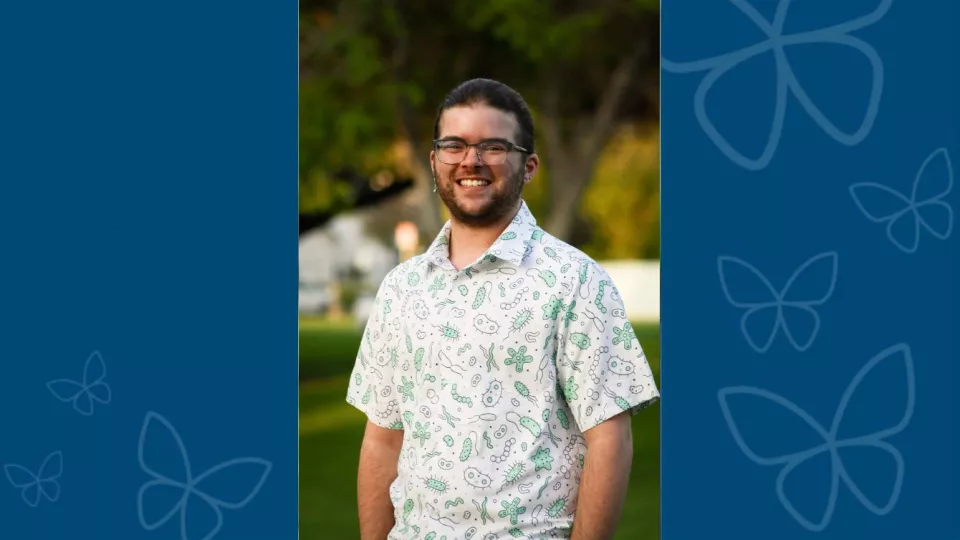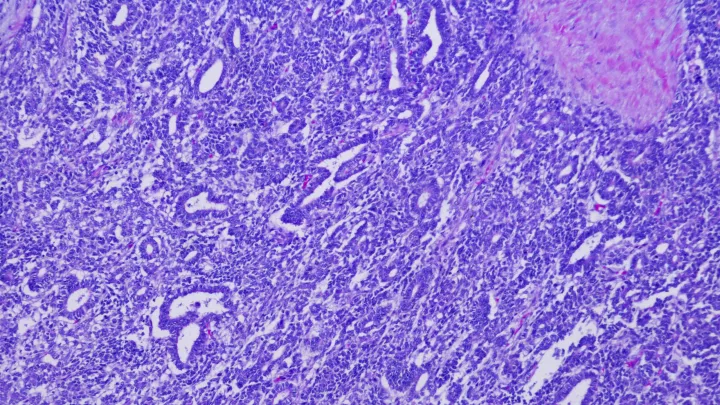
Research Trainee Spotlight: Vic Zamloot, PhD
For Postdoctoral Fellow Vic Zamloot, PhD, while their passion for research began in high school, their love of science started long before that. “For as long as I can remember, I’ve been interested in science,” Dr. Zamloot explains. “What I love about the science, technology, engineering, and mathematics (STEM) fields is that the more you learn about a particular topic, the more questions unfold.”
Dr. Zamloot first became involved in laboratory research during a high school internship at Dell Pediatric Research Institute while living in Austin, Texas. In this lab, Dr. Zamloot says they became “fascinated with exploring disease-causing biological pathways at the genetic and cellular level.” They continued working in this same lab while obtaining their undergraduate degree at the University of Texas at Austin, after which they moved to L.A. to complete their PhD at City of Hope’s graduate school of biological sciences.
Dr. Zamloot now works as a Postdoctoral Fellow with JinSeok Park, PhD, in the Cancer and Blood Disease Institute. Their current research is focused on neuroblastoma, which can be highly resistant to many current therapies.
“Neuroblastoma contains a tumor microenvironment composed of protein networks (the extracellular matrix), cancer cells, and other types of non-cancer cells that can lead to therapeutic resistance,” they explain. “I am investigating how the extracellular matrix, particularly the collagen that comprises it, may protect neuroblastoma cells from immune-based therapies. Through this research I’m hoping to identify mechanisms of potential pathways that contribute to therapeutic resistance, which may in turn uncover specific drug targets to improve clinical outcome for neuroblastoma patients.”
Dr. Zamloot’s long-term goals are to progress treatments for diseases such as cancer, improve the reproducibility of scientific results, and advocate for underrepresented populations in STEM fields, particularly the LGBTQIA+ community.
Beyond their work, Dr. Zamloot likes crossword and jigsaw puzzles, as well as spending time with their partner, two cats, and dog.


